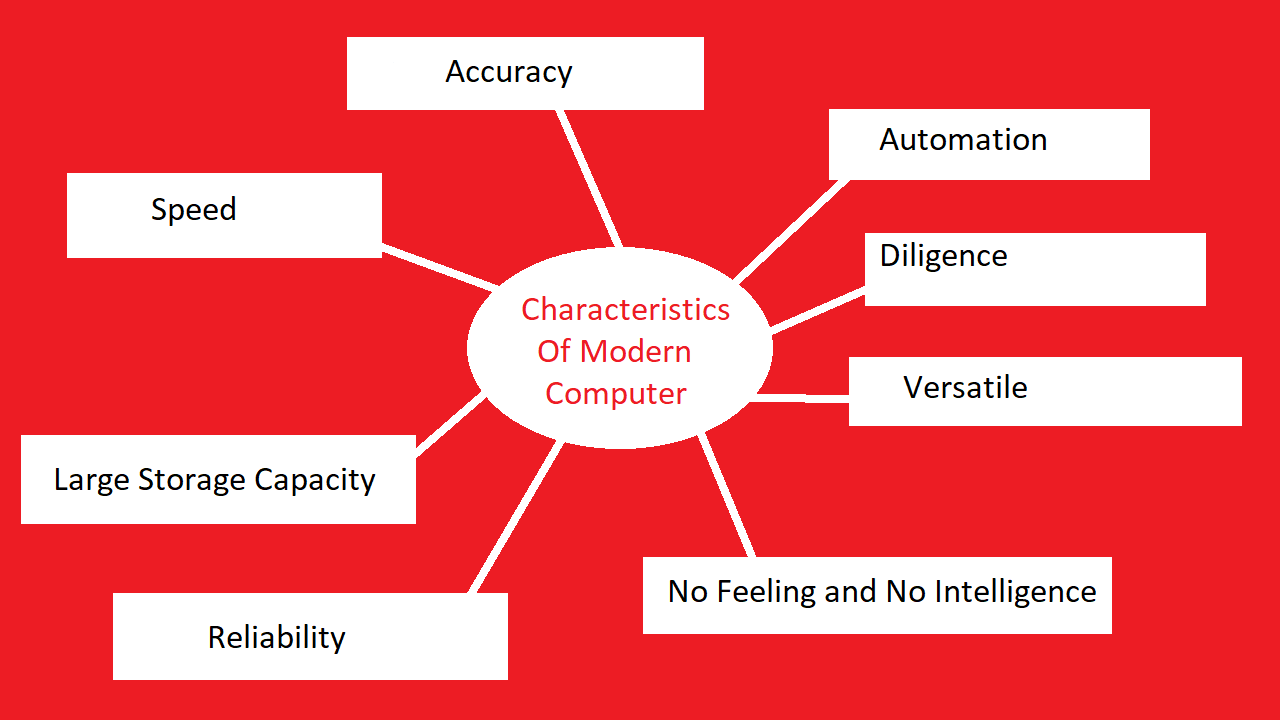How To Learn HTML?
Learning HTML (Hypertext Markup Language) is a great starting point for web development. Here's a step-by-step guide on how to learn HTML:
1. Set goals:
2. Gather resources:
There are various resources available for learning HTML, including online tutorials, courses, books, and interactive websites. Here are a few popular resources to consider:
- Mozilla Developer Network (MDN) HTML Guide: This comprehensive guide covers all aspects of HTML and is considered a reliable source.
- Codecademy: Codecademy offers interactive HTML courses suitable for beginners.
- FreeCodeCamp: FreeCodeCamp provides a structured HTML course along with practical projects.
- W3Schools: W3Schools offers a wide range of HTML tutorials, examples, and references.
- YouTube: YouTube has thousands of HTML tutorial, courses, project and example videos.
3. Start with the basics:
Begin by understanding the fundamentals of HTML. Learn about tags, elements, attributes, and their structure. Get familiar with common HTML tags such as `<html>`, `<head>`, `<body>`, `<h1>`, `<p>`, `<a>`, etc.
4. Practice:
Theory alone is not enough to learn HTML. Practice is key to reinforcing your knowledge and gaining hands-on experience. Start building simple web pages using HTML and experiment with different tags and attributes. As you progress, attempt more complex projects.
5. Study examples:
Analyze existing web pages and examine their HTML structure. You can right-click on a webpage and select "Inspect" or "View Page Source" to see its HTML code. This will help you understand how different elements are used and how they interact.
6. Understand CSS:
HTML and CSS go hand in hand when it comes to web development. CSS (Cascading Style Sheets) is responsible for styling HTML elements. Familiarize yourself with the basics of CSS to enhance the visual presentation of your HTML pages.
7. Seek community support:
Join online communities, forums, or social media groups dedicated to web development. Engage with fellow learners and professionals to ask questions, seek advice, and share your progress. Participating in discussions can expand your knowledge and provide valuable insights.
8. Keep learning:
HTML is continuously evolving, and new standards are introduced regularly. Stay updated with the latest HTML versions, recommended practices, and emerging techniques. Subscribe to newsletters, follow reputable blogs, and explore advanced concepts like HTML5, semantic markup, accessibility, and responsive design.
9. Build projects:
As you gain confidence in your HTML skills, start working on real-world projects. Create personal websites, portfolio pages, or small web applications to apply what you've learned. Projects will solidify your understanding and serve as valuable additions to your portfolio.
Remember, learning HTML is an iterative process. Be patient, persistent, and willing to learn from your mistakes. With time and practice, you'll become proficient in HTML and pave the way for more advanced web development technologies.






